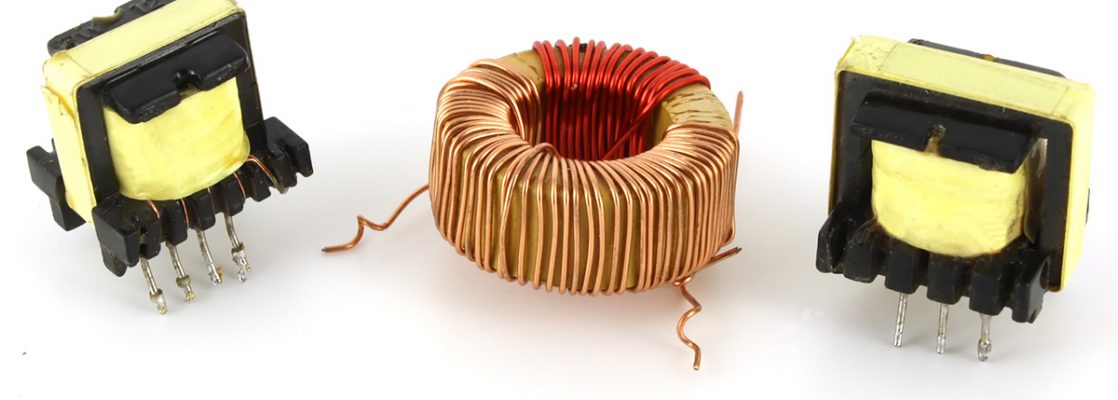
In the realm of power transmission, electronic transformers have emerged as a groundbreaking innovation, revolutionizing the way electricity is converted and distributed. This article delves into the principle behind electronic transformers, shedding light on their functionality, advantages, and applications. By understanding this transformative technology, we can unlock a world of efficient and sustainable power transmission.
- Understanding Traditional Transformers:
Before delving into electronic transformers, it is crucial to grasp the working principle of traditional transformers. These devices rely on electromagnetic induction to transfer electrical energy between two or more circuits. By utilizing a core made of magnetic material, traditional transformers step up or step down voltage levels, enabling efficient power transmission. - The Principle of Electronic Transformers:
Electronic transformers, also known as solid-state transformers, represent a paradigm shift in power transmission. Unlike their traditional counterparts, electronic transformers employ advanced semiconductor devices, such as insulated gate bipolar transistors (IGBTs) and silicon carbide (SiC) devices, to achieve voltage transformation.
The core principle of electronic transformers lies in their ability to convert alternating current (AC) to direct current (DC) and then back to AC, all within a single device. This process involves three key stages:
a. Rectification: The incoming AC voltage is converted into DC voltage using rectifier circuits. This rectification stage ensures a stable and controlled input for subsequent conversion.
b. Inversion: The DC voltage is then inverted back to AC voltage using high-frequency switching techniques. This stage allows for precise control over the output waveform, frequency, and voltage levels.
c. Transformation: Finally, the inverted AC voltage is transformed to the desired output voltage level using high-frequency transformers. These transformers, built with advanced materials and designs, ensure efficient and reliable power transmission.
- Advantages of Electronic Transformers:
Electronic transformers offer several advantages over traditional transformers, making them an attractive choice for modern power systems:
a. Efficiency: Electronic transformers exhibit higher efficiency due to reduced losses in the conversion process. The use of advanced semiconductor devices minimizes energy wastage and enhances overall system efficiency.
b. Compactness: Electronic transformers are significantly smaller and lighter compared to traditional transformers. This compactness allows for easy integration into existing power infrastructure, saving valuable space.
c. Flexibility: Unlike traditional transformers, electronic transformers offer greater flexibility in terms of voltage regulation, waveform control, and reactive power compensation. This adaptability enables optimal power transmission in diverse scenarios.
d. Reliability: With fewer moving parts and improved thermal management, electronic transformers boast enhanced reliability and longevity. This reliability translates into reduced maintenance requirements and increased system uptime.
- Applications of Electronic Transformers:
The principle of electronic transformers finds applications across various industries, including:
a. Renewable Energy: Electronic transformers facilitate the integration of renewable energy sources, such as solar and wind, into the power grid. Their ability to efficiently convert and control different voltage levels enables seamless integration and maximizes energy utilization.
b. Electric Vehicles: Electronic transformers play a vital role in charging infrastructure for electric vehicles. They enable efficient power conversion and provide the necessary voltage levels for fast and reliable charging.
c. Smart Grids: The advanced control capabilities of electronic transformers make them ideal for smart grid applications. They enable real-time monitoring, voltage regulation, and power quality management, ensuring a stable and resilient grid infrastructure.
Conclusion:
Electronic transformers represent a paradigm shift in power transmission, offering enhanced efficiency, compactness, flexibility, and reliability. By harnessing the principle of converting AC to DC and back to AC, these solid-state transformers pave the way for a sustainable and intelligent power grid. As the world embraces renewable energy and electric mobility, electronic transformers will continue to play a pivotal role in shaping the future of power transmission.

